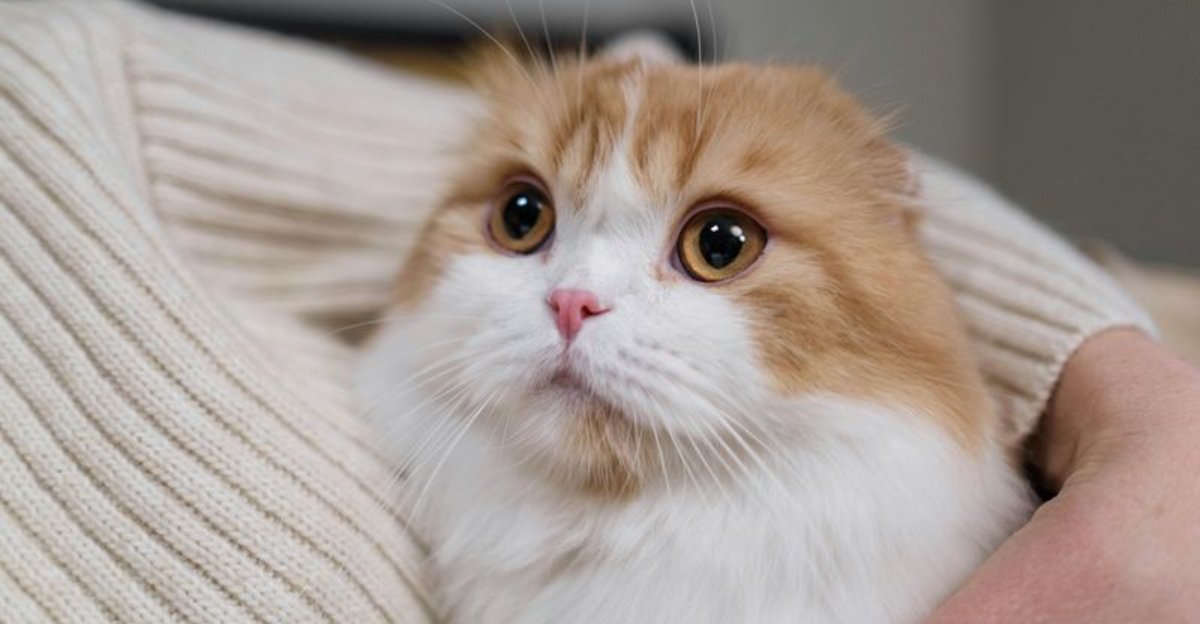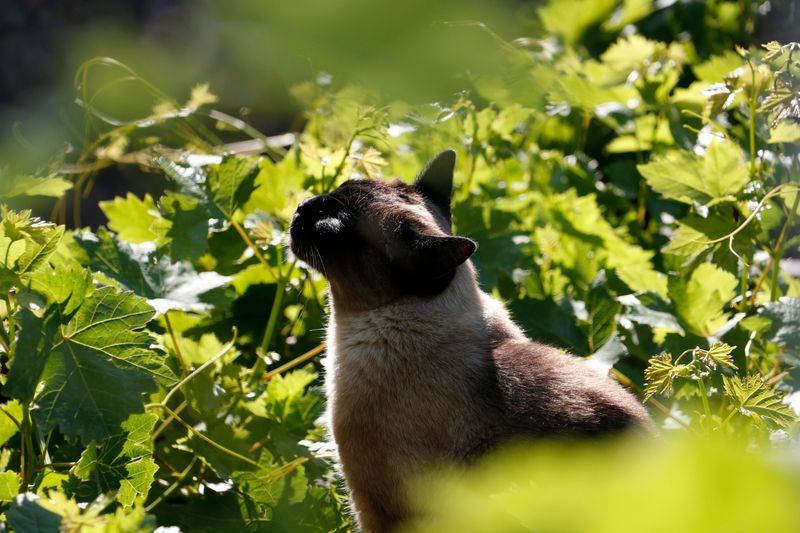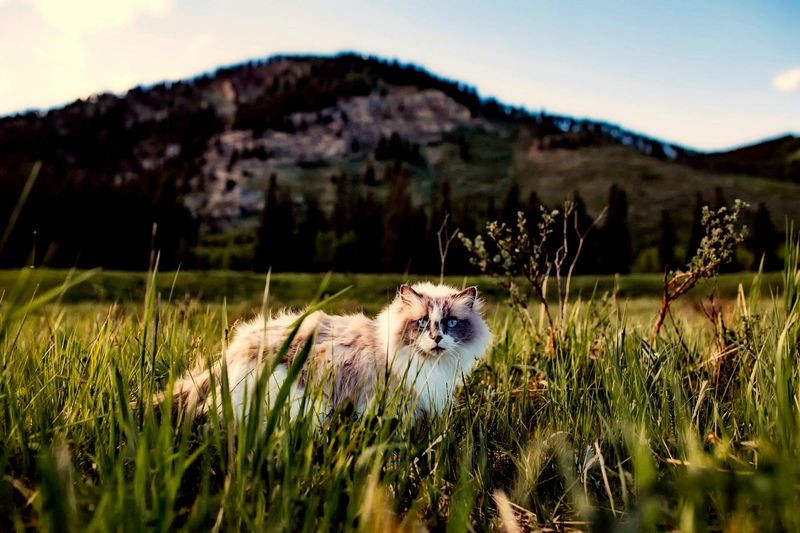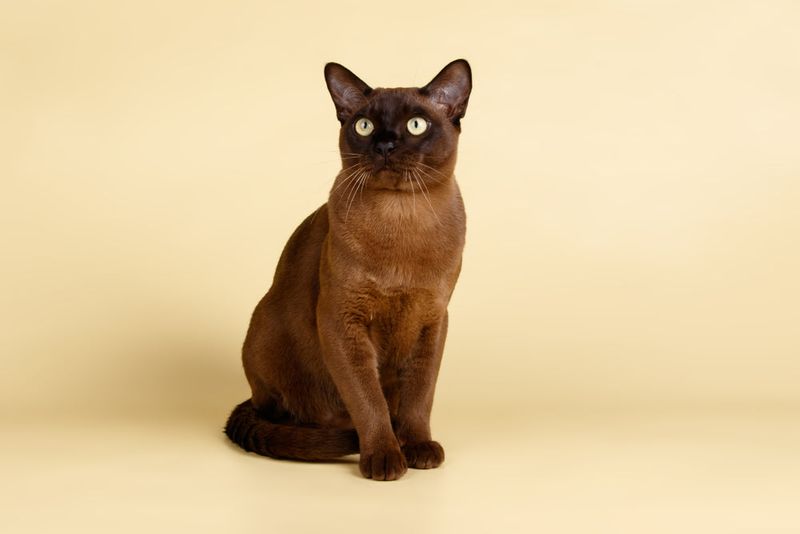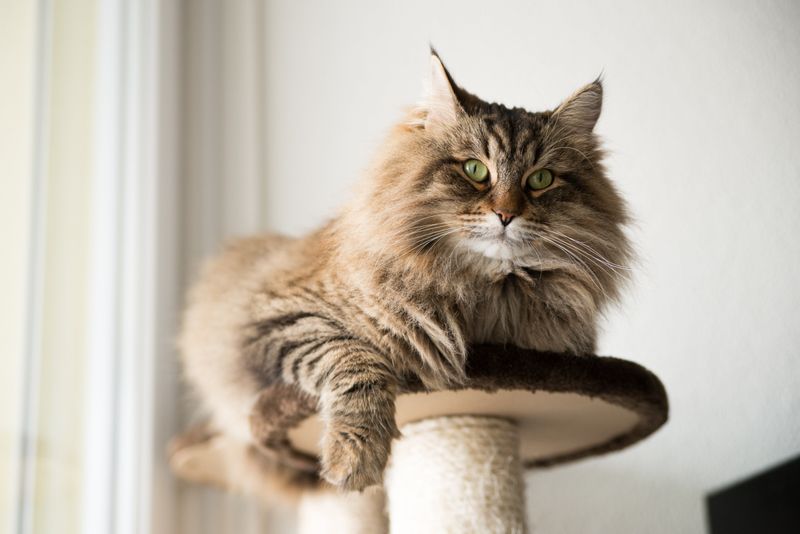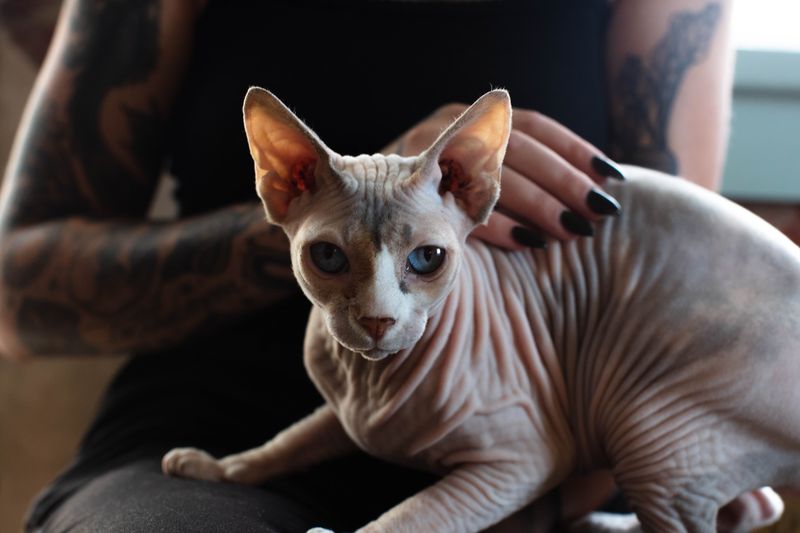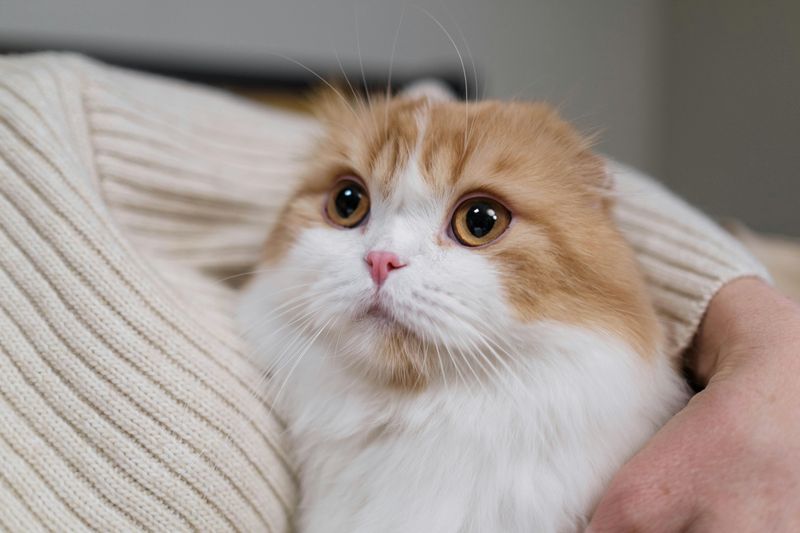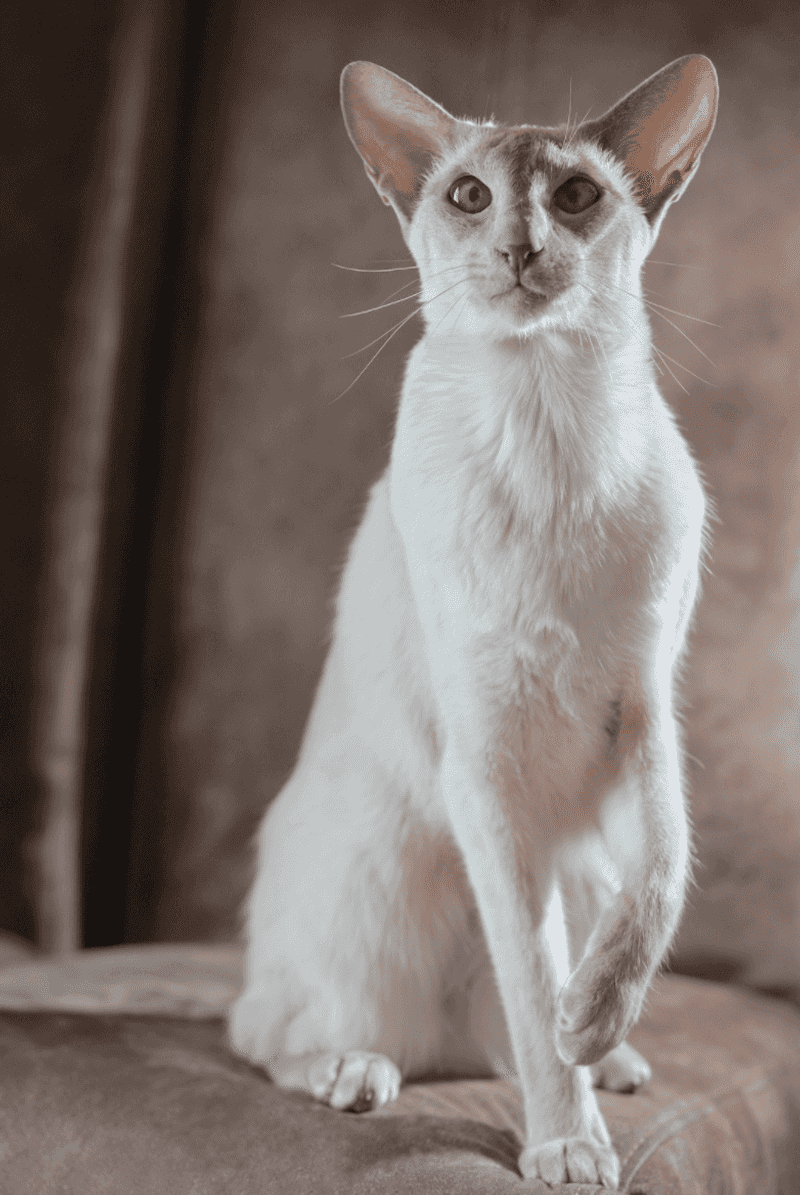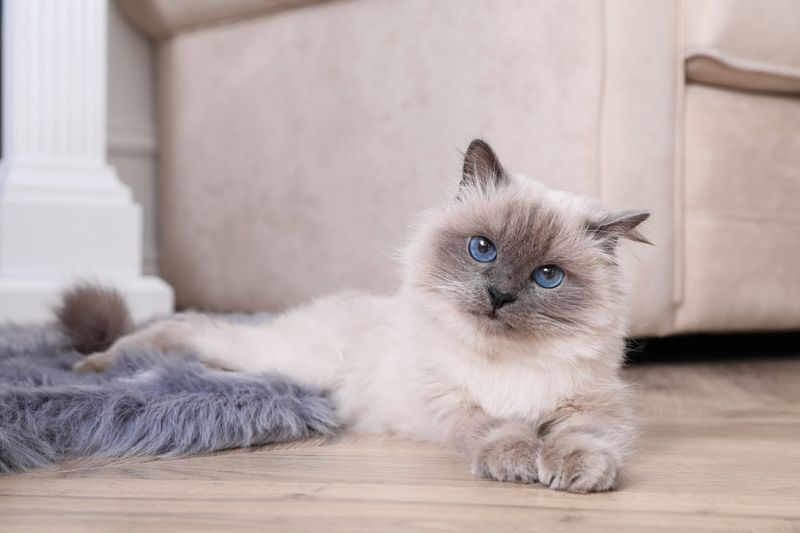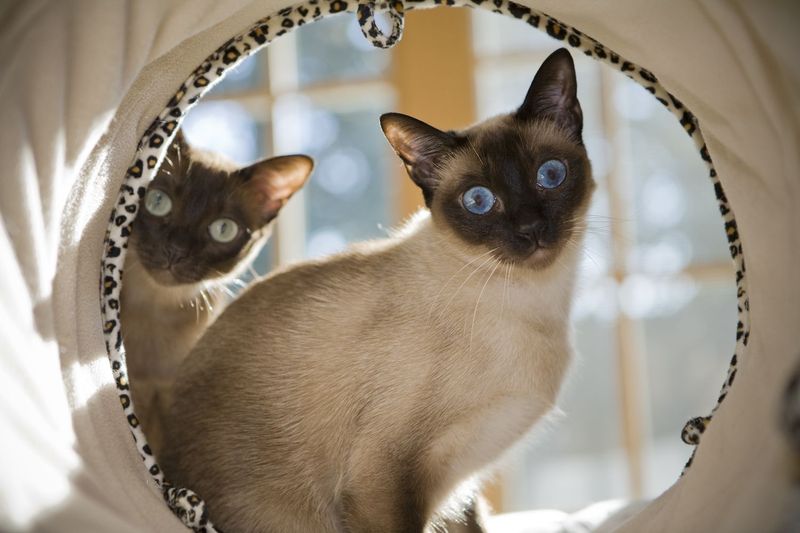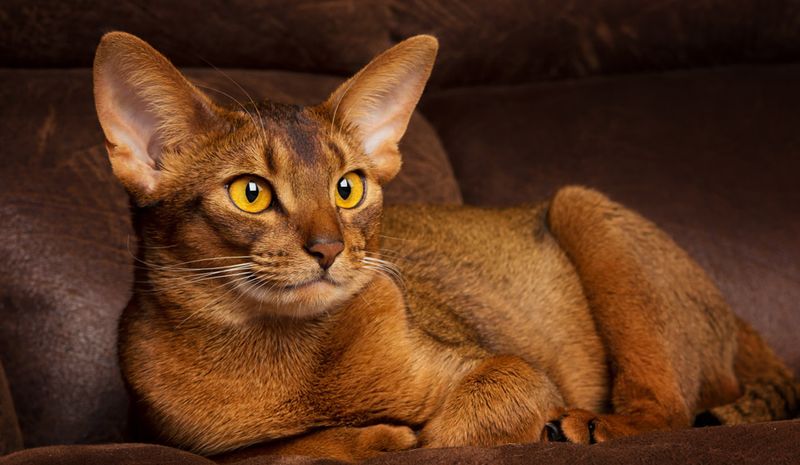📖 Table of Content:
While cats often carry a reputation for independence, not all felines are content with long stretches of solitude. Many breeds form deep emotional bonds with their humans and need regular social interaction to stay mentally and emotionally healthy. Leaving these cats unattended for extended periods can result in stress, destructive behavior, and even health issues.
The rise of hybrid work and increased pet adoptions during recent years has highlighted just how social some cats can be. Owners expecting a low-maintenance companion may find themselves surprised by certain breeds’ high emotional intelligence and dependency on human presence. Unlike more aloof cats, these affectionate breeds thrive in environments where they’re involved in daily routines and constantly engaged.
Whether you’re choosing your first cat or expanding your feline family, understanding which breeds demand more companionship is essential. Knowing what kind of care and attention a cat needs not only ensures their well-being but also strengthens the bond between pet and owner. Here are 10 cat breeds that should never be left unattended—each with unique needs and personalities that make them better suited for homes with plenty of interaction.
1. Siamese
Famed for their piercing blue eyes and loud, expressive voices, Siamese cats are perhaps the most social of all breeds. They are natural extroverts who thrive on attention and affection, often following their humans around the house. If ignored or left alone too long, they can become depressed or engage in destructive behaviors like scratching furniture or excessive meowing. These cats are incredibly intelligent and curious, requiring both physical and mental stimulation. A bored Siamese is likely to create its own entertainment—often at your expense. They do best in homes where someone is around most of the day or where they have another cat for company. Their devotion is unmatched, but it comes with a need for nearly constant companionship.
2. Ragdoll
Unlike the name might suggest, Ragdolls are not content to be tossed aside or left alone. These large, plush cats are known for going limp in their owner’s arms, a reflection of their calm and trusting nature. They’re incredibly affectionate and are happiest when they can shadow their favorite human throughout the day. Leaving a Ragdoll unattended too often can cause them to become anxious or withdrawn. Their sensitivity makes them especially prone to changes in routine or neglect. Despite their laid-back demeanor, they deeply crave love and attention. A Ragdoll left alone may stop eating, hide, or show signs of stress-related illness.
3. Burmese
Burmese cats are like velcro in feline form—once they bond with you, they won’t want to leave your side. Their playful and people-centric personality means they require regular engagement to remain happy. Solitude doesn’t suit their extroverted temperament, and prolonged isolation may lead to depression or vocal distress. They are happiest in busy households or environments where they’re rarely alone. Their boundless energy and curiosity also demand interactive play to prevent boredom. If left to their own devices too often, Burmese cats may develop behavioral issues or anxiety. For these reasons, they’re best matched with owners who are home frequently or can provide companionship through other pets.
4. Maine Coon
Despite their rugged appearance and size, Maine Coons are gentle giants with affectionate hearts. They enjoy being near their humans and often chirp or follow you from room to room. While not as clingy as some breeds, they do grow deeply attached and dislike being ignored. Prolonged periods of solitude may not sit well with their sensitive and emotional side. These cats benefit from stimulation and routine interaction to stay balanced. They are also prone to loneliness if not given adequate affection or companionship. Leaving a Maine Coon alone frequently can diminish their cheerful and sociable nature.
5. Sphynx
Hairless and heat-loving, the Sphynx cat craves warmth not just from blankets but also from human connection. These cats are outgoing, cuddly, and often act more like dogs in their loyalty. They don’t just tolerate company—they actively seek it out, often curling up in laps or climbing into bed with you. When left alone too often, Sphynx cats can become anxious and emotionally distressed. They are highly energetic and curious, meaning they also need plenty of play and engagement. A solitary environment can make them destructive or overly vocal. Their emotional needs are as intense as their striking appearance suggests.
6. Scottish Fold
With their adorable folded ears and sweet expressions, Scottish Folds are sensitive souls who require gentle, ongoing attention. They bond closely with their families and may become reclusive or depressed if left unattended too long. These cats are particularly vulnerable to changes in environment or routine, making them ill-suited for solitary lifestyles. Though calm in demeanor, they still enjoy play and interaction with familiar humans. Loneliness can manifest in unusual behaviors such as hiding or reduced appetite. They’re most content in homes where companionship is consistent and predictable. A neglected Scottish Fold may lose its affectionate and trusting nature over time.
7. Oriental Shorthair
Sleek and vocal, the Oriental Shorthair is a chatterbox with a sharp mind and a need for constant stimulation. They are incredibly interactive and quickly grow bored when left to their own devices. This breed thrives on activity and will often initiate play or conversation with their owners. Left alone, they may exhibit attention-seeking behaviors or resort to mischief to stay entertained. Their loyalty runs deep, and they form tight emotional bonds with their people. Providing toys, climbing trees, or another feline friend can help offset loneliness. However, nothing replaces quality time spent directly with them.
8. Birman
Birmans are serene, affectionate cats that enjoy being part of the household rhythm. Their soft, docile nature makes them easy companions—but also emotionally sensitive to separation. They prefer being near their people and may follow them around quietly like a shadow. Extended isolation can make them melancholic or withdrawn, especially if they’re left without stimulation. These cats do best with consistent daily interaction and gentle affection. Though they’re not overly demanding, they don’t fare well in lonely environments. A Birman thrives when surrounded by warmth, love, and predictable companionship.
9. Tonkinese
Vibrant and people-focused, the Tonkinese is a breed that simply doesn’t understand personal space. They love being the center of attention and often initiate play, cuddles, or chatter. If left alone for long stretches, they can become restless, anxious, or depressed. Their energetic personality makes them ideal for active homes with lots of social interaction. Mental enrichment and companionship are crucial to their well-being. This breed often bonds with the entire household and dislikes being excluded. Tonkinese cats are happiest when they’re part of the daily action and routines.
10. Abyssinian
Abyssinians are adventurous explorers with a deep need for engagement and movement. These cats don’t just sit around waiting—they want to be part of everything happening in the home. Their inquisitive nature and high intelligence require regular stimulation and challenge. Leaving them alone for extended periods often results in destructive curiosity, such as knocking things over or climbing off-limits areas. They’re also quite social and enjoy both human and feline companionship. Without interaction, their natural cheerfulness may give way to stress or boredom. An active household with ample attention is ideal for this energetic breed.
